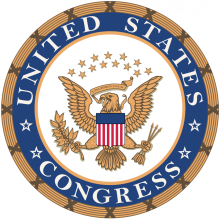A Call in Vermont to Assemble A Broadband Corps
A new report out by CTC Technology and Energy and Rural Innovation Strategies, commissioned by the state of Vermont, gives us one of the clearest and most detailed pictures so far of the impact of the Covid 19 pandemic on our attempts to live and work remotely.
The “Covid-19 Responses Telecommunications Recovery Plan” [pdf], presented to the state in December 2020, includes both a comprehensive survey of conditions after a half-year of social distancing and intermittent lockdowns as well as recommendations for addressing immediate needs. But it offers solutions that provide a path forward by making sure that dollars spent now are in service to the state’s long-term goals of getting everyone in the Green Mountain State on fast, affordable wireline broadband service at speeds of at least 100/100 Megabits per second (Mbps).
The report brings together network performance assessments from every level of government across the state over the last six months, pairs it with survey responses from citizens, libraries, hospitals, businesses, regional development corporations, and Communications Union Districts (CUDs), and offers analysis based on conditions for moving forward.
“Covid-19 has laid bare the challenges of lack of universal broadband in Vermont,” the report says, with “inequities in the availability and affordability of broadband create further inequities in areas such as education, telehealth, and the ability to work from home.” It offers a wealth of findings:



